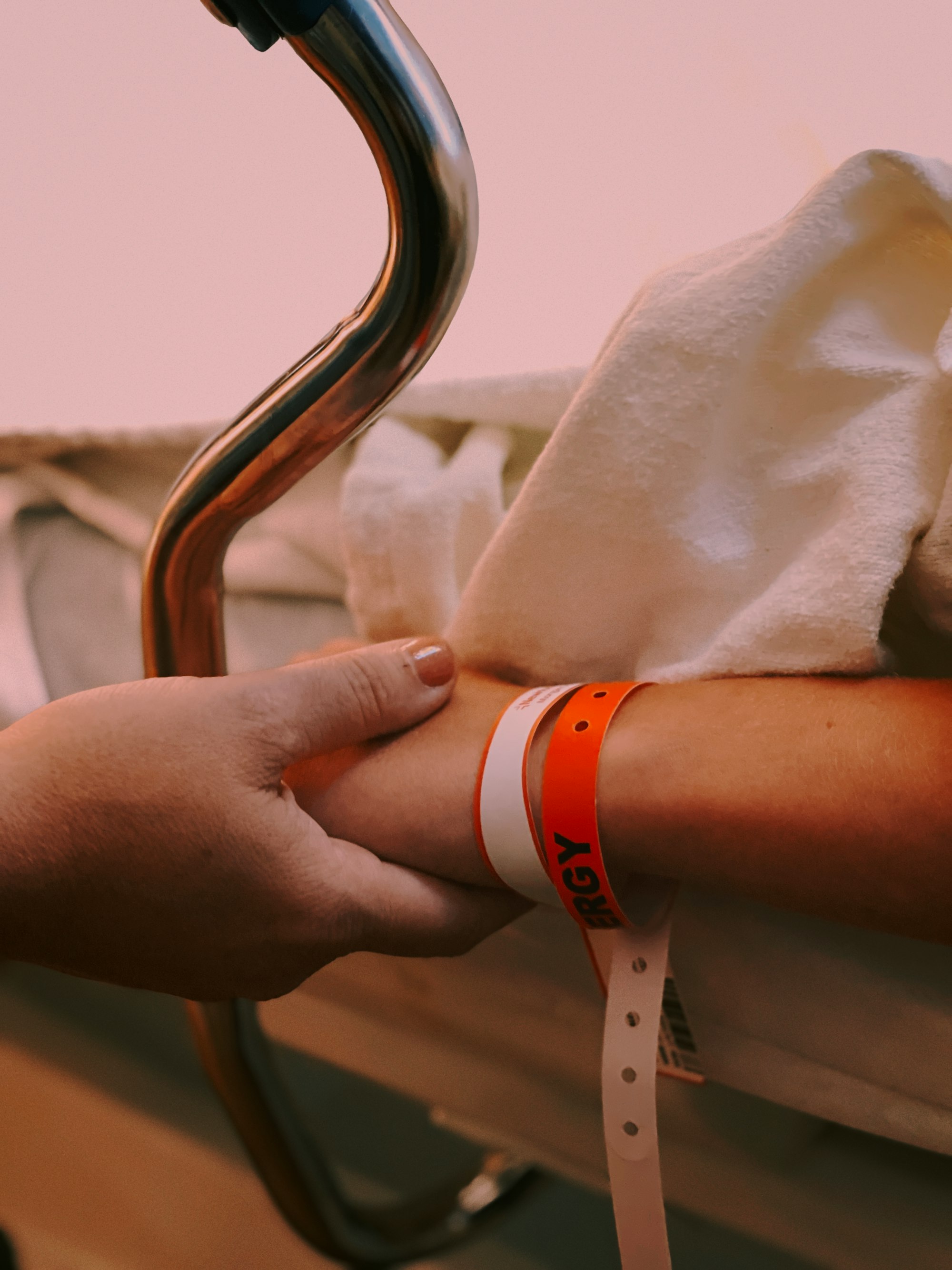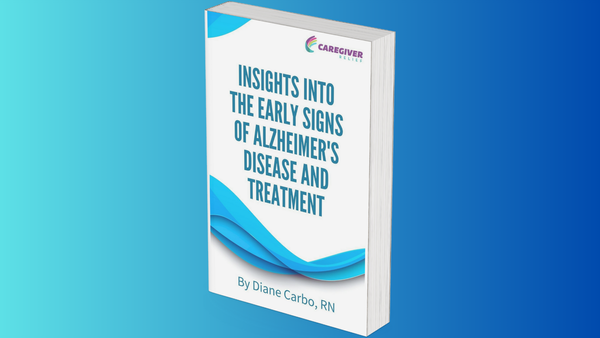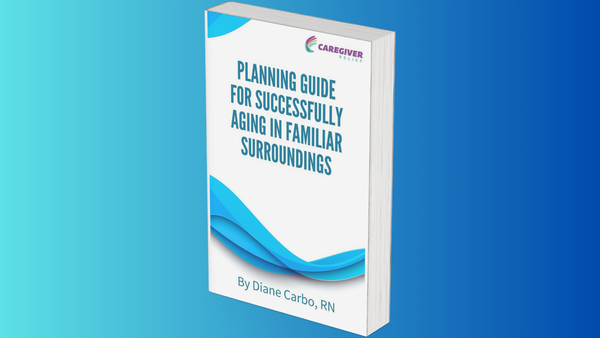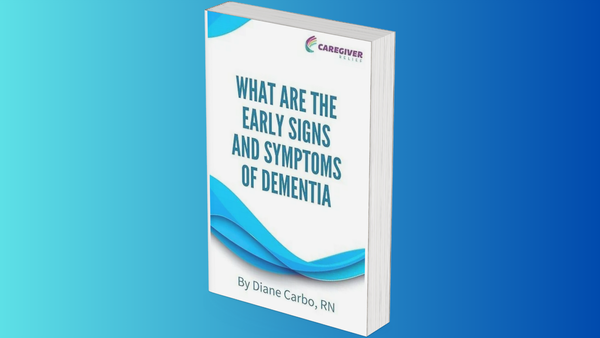Is Lewy Body Dementia Hereditary?

Lewy body dementia (LBD) is a form of dementia that is characterized by cognitive impairment, difficulty with movement, and changes in behavior. It is named for the abnormal clumps of protein called Lewy bodies seen in the brains of those with the disorder. It is estimated that LBD affects up to 1.4 million people in the United States and is the second most common form of dementia.
The symptoms of LBD can vary depending on other co-existing medical conditions, such as Parkinson's disease, but generally include confusion, sleep disturbances, hallucinations, difficulty with movement, and changes in behavior. Diagnosis typically involves a series of tests, such as imaging studies, laboratory tests, and psychological evaluations.
Treatment options for LBD are not yet fully understood, but may include medications, therapies, and lifestyle changes designed to help manage the symptoms of the condition.
People with LBD and their caregivers can also benefit from the support of family and friends, as well as specialized support groups and professionals familiar with the condition.
It is important to remember that there is no cure for LBD and that it is a progressive condition. However, with proper treatment and support, those living with LBD can maintain quality of life.
Heredity's Role in Lewy Body Dementia
For many years, researchers have been looking into the role heredity plays in developing Lewy body dementia (LBD). Despite this, the exact cause of LBD remains unknown. However, there is evidence that some cases of LBD are genetically inherited, even though the inheritance pattern is not yet well understood.
Statistics indicate that, out of the estimated 1.4 million people living with LBD in the United States, around 5-10% of these cases are due to genetic factors. The likelihood of LBD being passed from parent to child also increases as the number of affected family members increases.
Current research suggests that LBD that is inherited is caused by a mutation in one of the genes associated with the condition. It may also be related to an abnormal accumulation of proteins known as alpha-synuclein in the brain.
Although genetics seem to play a role in the development of some cases of LBD, it is important to note that genes are not the only factor. Age, gender, pre-existing conditions, and lifestyle choices can also influence the risk of developing LBD.
Lewy body dementia (LBD) is a disorder that affects the brain, causing difficulties with thinking, behavior, and movement. It is characterized by physical and mental symptoms, including problems with memory, concentration, planning, confusion, being easily startled or agitated, visual hallucinations, difficulty speaking, sleeping problems, depression, and difficulty controlling muscle movement.
Physical symptoms of LBD include muscle rigidity, tremors, slowed movement, shuffling gait, and balance issues. Other signs can include repetitive behaviors such as hand wringing, fidgeting, facial grimacing, and excessive blinking.
Mental symptoms can include impaired judgment, difficulty problem-solving, impaired decision-making, and changes in personality. Patients may also experience confusion, difficulty recognizing family and friends, and disorientation. Memory loss is a common symptom and can be severe. Visual hallucinations are also a common symptom of LBD.
If you think you or a loved one is experiencing any of these symptoms, it is important to seek medical attention. A doctor will be able to help diagnose and treat the condition. Early diagnosis and treatment can help reduce the impact LBD has on daily life.
Diagnosing Lewy Body Dementia (LBD)
Lewy body dementia (LBD) is a complex and progressive neurological condition. Diagnosis can be challenging as the symptoms of LBD can easily resemble those of other disorders. If you are concerned that you or a loved one may have LBD, it is important to discuss your symptoms with a doctor.
In order to diagnose LBD, doctors will typically rely on medical history, physical exams, neurological testing, laboratory tests, and imaging tests. In some cases, doctors may also use neuropsychological assessments to get a clearer picture of the patient’s cognitive abilities. Here is an overview of these diagnostic tests:
- Medical History: A doctor will take a detailed medical history to assess the presence of other conditions that may be contributing to symptoms or ruling out potential causes.
- Physical Exam: A doctor will perform a physical exam to look for signs of other diseases, such as Parkinson’s disease or stroke.
- Neurological Testing: This can help to assess the patient’s cognitive abilities and alertness, including mental status and memory.
- Laboratory Tests: Doctors may order certain lab tests to look for signs of infection, genetic disorders, or electrolyte imbalances that may be contributing to symptoms.
- Imaging Tests: Imaging tests, such as MRI or CT scans, can help to identify abnormalities in the brain that may indicate LBD.
- Neuropsychological Assessments: These assessments can be helpful in assessing the patient’s cognitive functioning and providing insight into potential treatment options.
With the results of these tests, a doctor can make an informed diagnosis of LBD. It is important to note that no single test can definitively diagnose LBD, so the diagnosis may take time.
Treatments for Lewy Body Dementia
When it comes to managing the symptoms of Lewy body dementia (LBD), there are a variety of treatments available. Medications, therapies, and lifestyle changes may all be employed to reduce the severity and frequency of symptoms.
Medication is often prescribed to address the various physical, cognitive, and behavioral symptoms associated with LBD. Examples of common medications prescribed for LBD include: cholinesterase inhibitors, which work to maintain levels of the neurotransmitter acetylcholine; memantine, which is used to improve memory; and antipsychotics, used to reduce agitation and aggressiveness.
Various therapeutic approaches have also been developed to help manage the symptoms of LBD. These include physical therapy, occupational therapy, cognitive therapy, and psychological counseling. Each of these therapies can help to maintain or improve quality of life for those living with LBD.
Furthermore, living a healthy lifestyle can significantly improve the symptoms of LBD. Eating a balanced diet, exercising regularly, and getting plenty of rest can often mitigate some of the effects of this challenging disease.
Lewy body dementia (LBD) is a severe type of dementia that affects one's memory, thinking, and behavior. It is a progressive disorder with no cure. While some cases of LBD are sporadic, meaning they have no known cause, other forms of the disease can be inherited. When it comes to LBD, it's important to understand the different types and how they may be related to heredity.
There are two main types of LBD: vascular LBD and diffuse LBD. Vascular LBD occurs when there are changes in the size or structure of brain blood vessels. Diffuse LBD is caused by the buildup of abnormal protein deposits in the brain.
Typically, genetically transmitted LBD is caused by genes that are passed down from parent to child. It is estimated that about 10 percent of all cases of LBD are due to this inheritance, although it is far more common in certain ethnic groups. While the exact inheritance pattern of LBD is not yet known, there is evidence to suggest that it can be passed down through either the mother or father's side of the family.
The likelihood of a person developing LBD increases with age and is more common in men than women. Additionally, those with pre-existing health conditions such as Parkinson's disease, Alzheimer's disease, depression, and stroke may also be at an increased risk for developing LBD.
It is important to note that LBD is still a relatively new medical condition and much remains unknown about its causes and prevention. However, it is clear that heredity plays a role in some cases, making it important for people to know their family history and take preventive steps where possible.
For many people living with Lewy body dementia (LBD), support groups and professionals specializing in treating patients with this condition can be a valuable source of help and comfort. People who are diagnosed with LBD may find it difficult to manage the symptoms, navigate the healthcare system, and find resources on their own. That’s why there are support groups available to those living with LBD—to provide a safe space for individuals to come together and share tips, stories, and advice.
These support groups are often hosted online or through local organizations, and they may include a variety of specialists such as neurologists, psychiatrists, psychologists, and social workers. They’re there to provide guidance on managing the physical, emotional, and social impacts of living with LBD, as well as assisting with finding further resources.
In addition to support groups, there are also professionals that specialize in treating people with LBD. These specialists typically have a deep knowledge of the condition, providing up-to-date information on treatments and resources to support individuals in managing their symptoms. A patient may see many different specialists depending on their individual needs, such as a primary care physician, a neurologist, a psychiatrist, a psychotherapist, and an occupational therapist.
Ultimately, support groups and professionals specializing in treating patients with LBD can be a great source of support for those living with the condition. These groups and professionals provide a valuable service by offering advice, resources, and guidance in managing the physical, emotional, and social effects of living with LBD.
Risk Factors for Lewy Body Dementia
Lewy body dementia (LBD) is a progressive neurodegenerative disorder that affects memory, behavior, and movement. While the cause of LBD is not fully understood, some risk factors have been identified that may increase a person’s chances of developing the condition. These risk factors include age, gender, pre-existing conditions, and lifestyle choices.
Age is one of the largest risk factors for LBD. The likelihood of developing the condition increases with age, with most cases occurring after the age of 65. Additionally, gender can be a factor in the development of LBD. Studies have shown that men are more likely to develop the condition than women.
Pre-existing medical conditions can also increase the risk of developing LBD. Conditions such as Parkinson’s disease, sleep disturbances, depression, and cognitive impairment have been associated with a higher chance of developing the condition.
Finally, certain lifestyle choices have been linked to an increased risk of developing LBD. Regular consumption of excessive amounts of alcohol or tobacco use has been linked to an increased risk of the condition, as well.
Preventing Lewy Body Dementia
Living a healthy lifestyle may help reduce the risk of developing Lewy body dementia (LBD). Some steps that may be taken to reduce the risk include:
- Maintaining proper nutrition, with an emphasis on fresh fruits and vegetables.
- Exercising regularly.
- Staying socially active with friends and family.
- Avoiding smoking, alcohol, and drugs.
- Managing stress and anxiety.
In addition to lifestyle changes, certain medications have been found to help reduce the risk of developing LBD. Regular use of acetylcholinesterase inhibitors may help protect nerve cells that are damaged by the disease, while memantine, a drug used to treat Alzheimer's disease, has also been found to help slow the progression of LBD.
It is important to remember that there is no definitive way to prevent LBD, and these measures do not guarantee against its onset. However, following a healthy lifestyle may reduce the risk of developing the disease.
Finding reliable resources and further reading on Lewy Body Dementia (LBD) can be challenging. To help you in your research, we’ve compiled a list of useful resources related to the diagnosis, symptoms, treatments, and prevention of LBD.
Whether you are seeking support, looking for medical advice, or just wanting to learn more about LBD, the following resources can provide you with valuable information and support.
Support Groups
Support groups are a great way to connect with others who may have had similar experiences. Many people living with LBD find it helpful to talk to someone who is going through the same things as they are. Here are a few online support groups dedicated to those living with LBD:
- Lewy Body Dementia Association (LBDA): www.lbda.org
- Lewy Body Dementia UK (LBDUK): www.lbd.org.uk
- Lewy Body Dementia Support Group (Australia): www.lewybodydementiasupportgroup.com.au
- Lewy Body Dementia Information and Support (Ireland): www.lewybodydementia.ie
Medical Professionals
If you are looking for a medical professional to advise you on LBD, then you can search for a specialist in your area by visiting one of the following websites:
- American Academy of Neurology: www.aan.com/patients
- National Institute on Aging: www.nia.nih.gov/health/alzheimers/what-is-alzheimers
- Alzheimer’s Association: www.alz.org
Websites and Publications
The following websites and publications provide up-to-date information on LBD, including the latest research and advances in treatments:
- Mayo Clinic: www.mayoclinic.org/diseases-conditions/lewy-body-dementia/symptoms-causes/syc-20356335
- Alzheimer’s Disease International: www.alz.co.uk/living-well-with-dementia/az-dementia-types/lewy-body-dementia
- U.S. National Library of Medicine: www.ncbi.nlm.nih.gov/books/NBK537534/
- Lewy Body Dementia Magazine: www.lewybodymagazine.org
Case Studies
The journey of managing Lewy body dementia (LBD) is unique to each individual. To better understand what it’s like to live with the condition, let's take a look at a few case studies.
John is a 79-year-old retired artist who was diagnosed with LBD about 8 years ago. After receiving his diagnosis, he began to attend regular doctor visits to monitor his condition. He was prescribed medication to help keep his cognitive functioning stable, and he also participates in a support group and attends art therapy sessions. With the help of these treatments, John has been able to maintain his independence and continue living at home.
Kate is a 55-year-old mother of two who was recently diagnosed with LBD. Prior to her diagnosis, she was experiencing confusion and memory loss. She underwent an MRI to confirm her diagnosis, and was prescribed medication to help manage her symptoms. Kate also has regular check-ups with her doctor and attends a weekly support group for people living with LBD.
These are just a few examples of people living with LBD. As the disease progresses, individuals will need to make changes to their lifestyle and daily activities in order to manage their condition. With the right treatments and support, it’s possible to maintain a quality of life while living with LBD.
In summary, Lewy body dementia (LBD) is a progressive neurological disorder that is characterized by physical and mental symptoms. Heredity is a risk factor for LBD, with statistics showing that around 10-15% of cases are due to genetic factors. Diagnosis typically involves imaging tests and laboratory tests, and treatments involve medications, therapies, and lifestyle changes. Additionally, there are different types of LBD, including vascular LBD and diffuse LBD. Support groups and professionals specializing in treating patients with LBD can help manage the disease. Risk factors such as age, gender, pre-existing conditions, and lifestyle choices should also be taken into consideration. Prevention methods can also help reduce the chances of developing LBD.
You might also like this article:








